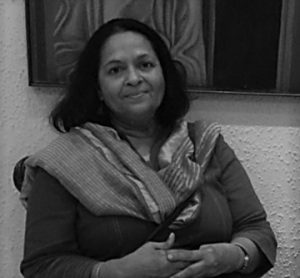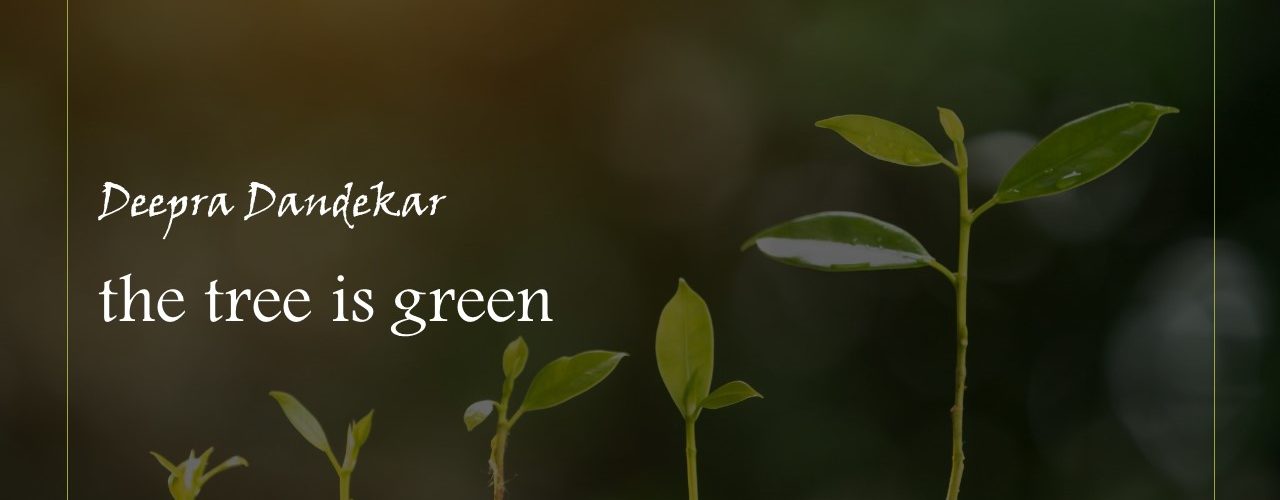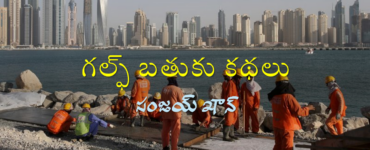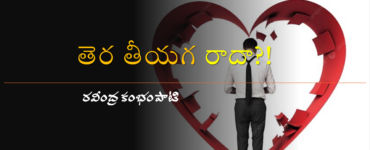Teacher’s Day in India is celebrated on 5th September every year to mark the birth anniversary of the former President and vice-President of India Dr. Sarvapalli Radhakrishnan. Not only does ‘Teacher’s Day’ commemorate all teachers in general; it also brings to mind the contributions made by special teachers in our lives. Each one of us has that one teacher who proves to be a catalyst—our guru. There is no real criteria for it. It does not mean that this teacher had to “do” a lot for you, which then makes you feel guilty for choosing another person as your guru. It means that you found a special corner of yourself in the company of that guru, that was revealed and reflected to you through her. Your guru was your darpan—a mirror in whom you saw yourself, a vision of your own future.
It was after I met Soma Jha that I realized what I really wanted to do and be. I wanted to study history and I wanted to become a historian. Soma Jha worked as a history teacher in my school in Delhi for a couple of years. At the time I was in middle-school and at a difficult teenage phase of my life. She came from a well-renowned boarding school and everyone in the classroom immediately realized her for her difference. She was not a typical “teacher”; she had a vision and love for the subject that she wanted to communicate—not “teach”. This was her weak spot. We were used to bored and authoritative teachers and soon, Soma Jha’s class became a place of utter rebellion and ensuing pandemonium. Just like we sensed she wanted to communicate something, and not “teach” us, we started communicating what we felt about the teaching we were given, in our boring, privileged, jaded lives.
We shrieked, shouted, threw paper planes, drummed on the desk, stood up on our chairs. We silenced Soma Jha in her classroom, just like we had been silenced in other classrooms. It was devastating for her, as she felt rejected. She was hardly responsible for the fact that we kids felt silenced, and that we were now taking it out on her. She even asked each of us to turn over a note describing what we found lacking in her. I remember writing a diagnosis of the situation: that she failed because she was not strict and authoritative enough. She wasn’t bored enough and not disinterested and managerial enough. Others wrote about increasing participation in class—nonsense really, since we were already participating more than we ever did, shrieking our heads off. We did not want to be ‘communicated’ with. We wanted teachers to do their job and leave us alone in peace. The violent upsurge of Soma Jha’s classroom was fearsome—it spoke of our own repression, boredom, anger, and apathy.
I don’t know when it all changed. But it certainly did change. We did at some point begin to listen to her. That summer, she had been to Egypt with her sister. After school reassembled, she crowded us all into a small audio-visual room and showed us about a hundred magnificent slides she had made of Egypt. She took us from Abu Simbel to Aswan, from Saqqara to Tel Amarna, from Cairo to Luxor, from the Valley of the Kings to the temple of Hatshepsut (whom she called hot-chicken-soup after the way the guide pronounced it). She showed us pictures of Tutankhamun, and of a whole new and different world, full of beautiful faces in stone, square temples tapering at the top, pyramids, sand, mountains, and the flat Nile. We heard her explain about the Old Kingdom in silence, and drank in the fascinating outline of its history through vibrant pictures of scarabs and necklaces, chariots, small statues, crowns, thrones, sceptres, wall-art, colossal temples, pillars, and relentless hieroglyphics. Real people once, were now shown in relief standing oddly three quarters sideways, wearing cloth headgears and bulbous conical caps, their obsidian eyes filled with antimony, their shoulders square, their small flowing kilts, lacquered brown bodies and small stomachs that bulged over girdles, and their overlarge outstretched hands turned upwards to receive the Sun’s rays. Their modelled, sculpted, beautiful faces were animated despite their stony expressionlessness. We became silent in a different sort of way as we resumed our studies with Soma Jha. We engaged with her, as she began talking to us. It changed us, as we were treated as equals, as adults by her—as people like those sculptures from the Egyptian past, who had a voice.
Though I met many kind and loving teachers after Soma Jha and I am grateful to each one of them, I saw myself for the first time in the world of my own future with Soma Jha. I remember visiting her at her home. She was staying with her sister at a suite in Oberoi Maidens (a hotel in Delhi), where her sister worked at a senior administrative post. I looked at her books, and my heart filled with awe. She listened with interest as I told her what I wanted to be, what I wanted to do. She also visited our home, and my parents were deeply appreciative of her as well—young, brilliant, and inspired as she was. I came to know recently that Soma Jha passed away this year in 2022, in the month of January. No, she was not that old. She was perhaps in her 40s when I was in middle-school. I don’t know what happened. But then, again, people like Soma Jha don’t die. They live on after their deaths in the hearts of others. I have carried her inside my heart for many years, and every time, I look at a picture of the temple of Hatshepsut, I still say ‘hot-chicken-soup’ under my breath.
*









Loved it. Teachers like her are few and far between.. Then there are others who teach you how ‘not’ to be too!